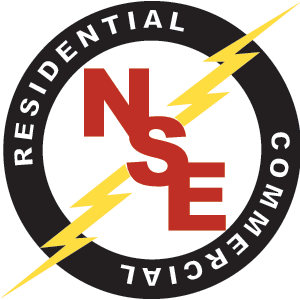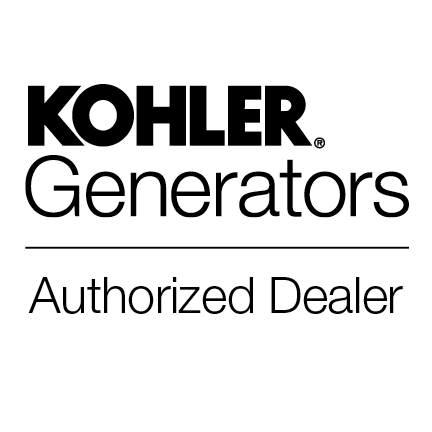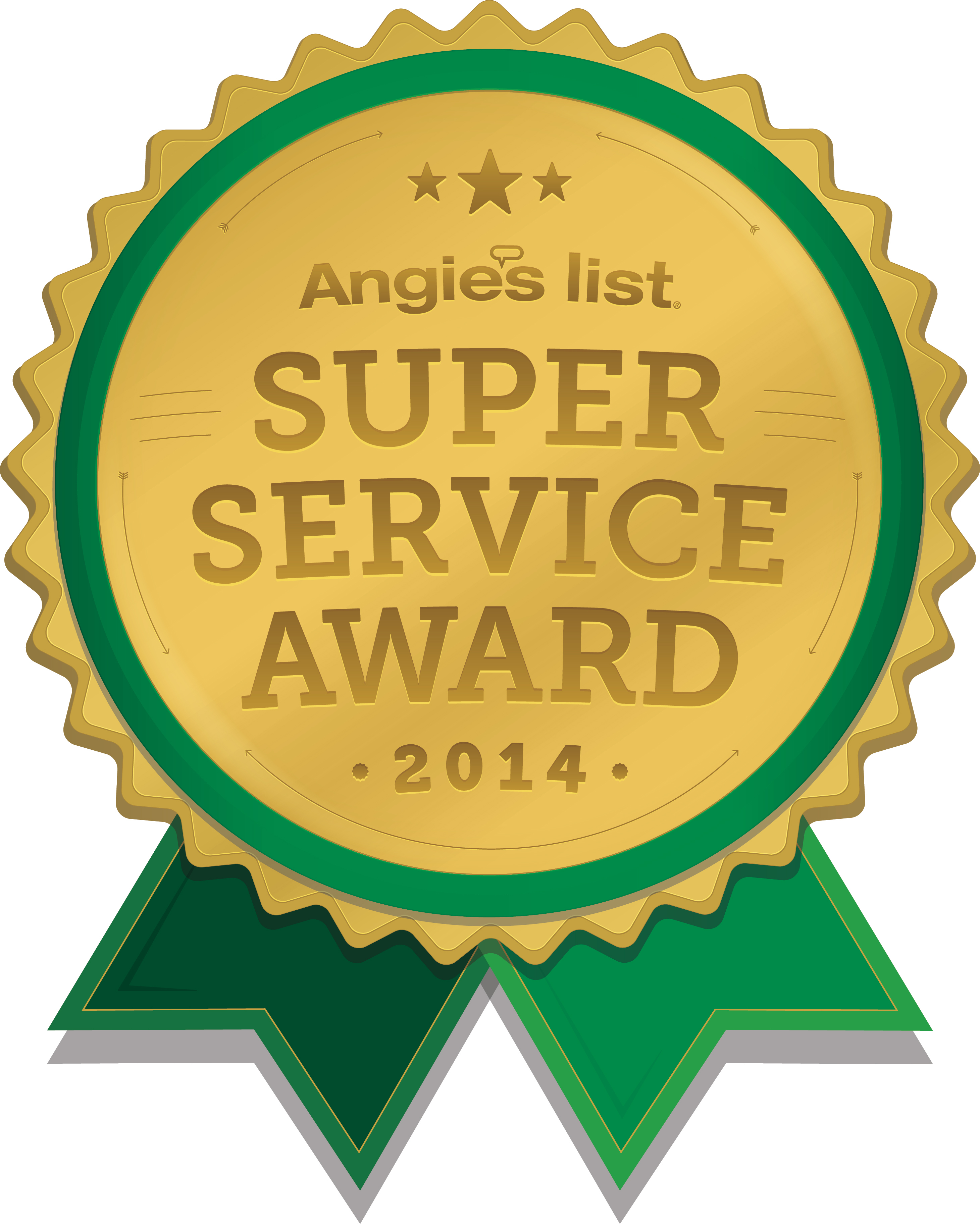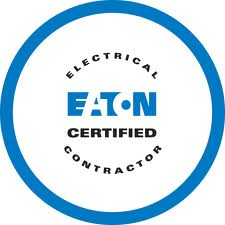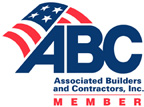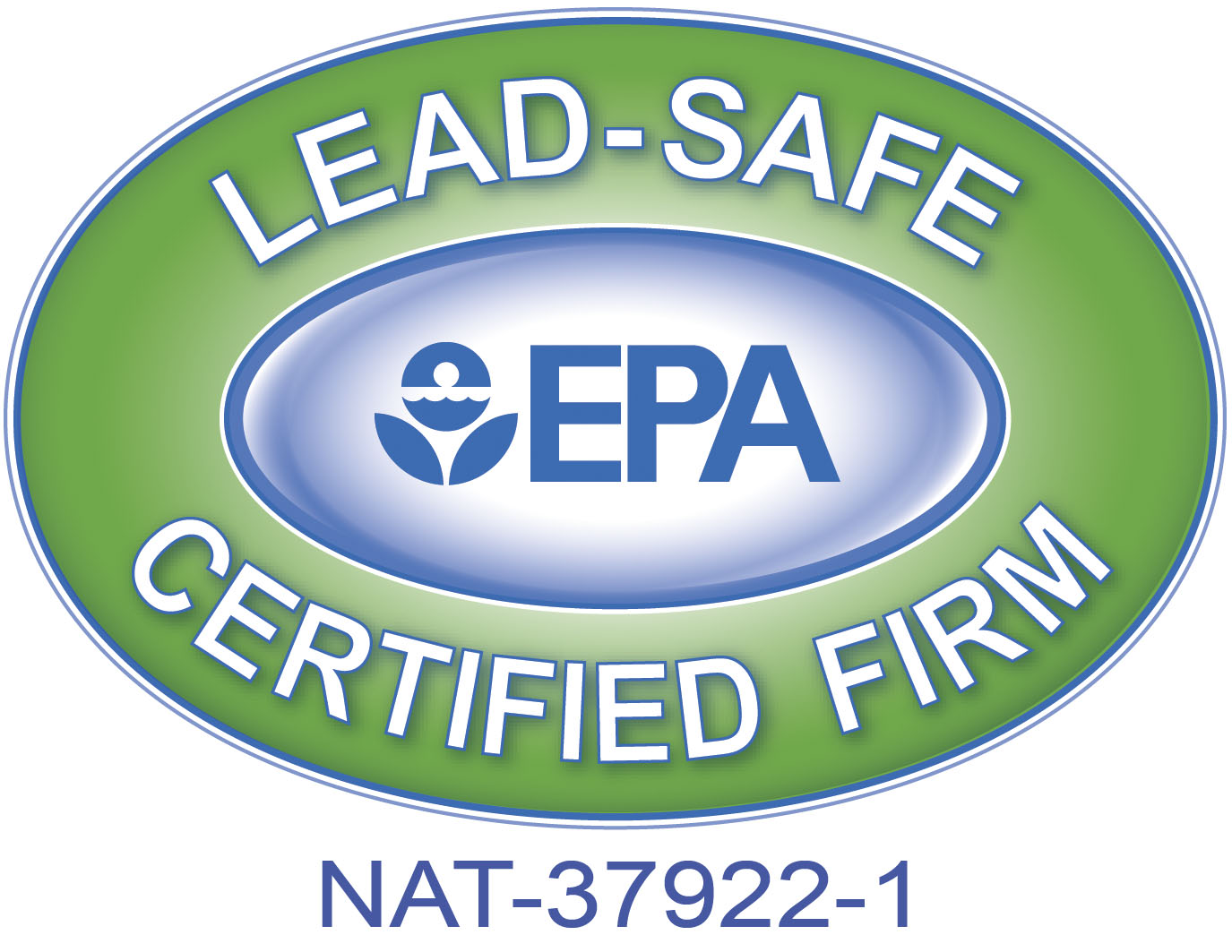Frequently Asked Questions
- My bathroom outlets don't work. What should I do?
- Why do my lights blink or dim sometimes?
- I keep blowing the circuit. Can't I just put in a bigger breaker or fuse?
- What if I have no power at all?
- Some of my circuit breakers keep tripping. What should I do?
- I want to be more energy efficient in my home. What is the best way to go green?
Q: My bathroom outlets don't work. What should I do?
A: Many times it's simply the GFCI outlet on the circuit that has tripped. To repair this problem, locate
the GFCI outlet that controls the circuit and press the "Test" Button and then push the "Reset" button.
You should feel the button reset. Sometimes the GFCI outlet is just outside of the bathroom like in the
adjacent hall or bedroom. If every bathroom has a GFCI outlet, reset all of them. In addition, check the
circuit breaker in the panel to ensure it is not tripped.
Q: Why do my lights blink or dim sometimes?
A: This condition is more common in older electrical systems. This is normally caused when an air
conditioning unit, refrigerator, freezer, furnace or other high energy consuming appliance starts. Starting
a motor requires 3 to 5 times more power than when it runs so it takes a lot of power to get a motor up to
full speed quickly.
Sometimes a circuit may be at or near capacity or may be overloaded and can cause the lights to blink. If
this happens only once in a while, the wiring may be okay. If it happens more often we recommend that you
give North Shore Electric a call to help diagnose the problem.
Balancing the electrical loads, upgrading your wiring or upgrading your electrical breaker panel and service
to handle more capacity are some other possible fixes to this problem.
If you notice the lights get brighter than normal, this indicates a potential wiring hazard and should be
looked at immediately.
Q: I keep blowing the circuit. Can't I just put in a bigger breaker or fuse?
A: Do not do this! The reason your breaker is tripping is exactly what it was designed for. A tripping
breaker is telling you the circuit is overloaded or is worn out and needs to be replaced with the same size
and type of as the original. If you turn your electrical devices on and the breaker trips, you probably
overloaded the circuit. Many times an electric heater or window A/C unit will overload an existing circuit
if not properly sized.
Replacing the existing breaker with a higher capacity/size simply exposes your circuit to a heat/fire hazard.
The best fix is to limit the number of electric devices you use on a given circuit to avoid tripping the breaker
or have additional circuits installed. If a breaker continuously trips and you feel you are not overloading the
circuit, North Shore Electric can help solve your overload problems or to assess other conditions that the breaker
or circuit may be experiencing.
Q: What if I have no power at all?
A: If all of the power is off or what seems like at least half the power is out, check the following:
- Check your breaker panel and see if any breakers are tripped. Closely look at your main breaker.
- Reset the main breaker by turning it all the way off and then back on.
- If this does not work, you can reset all of the individual breakers in the same manner as above.
- If still no power look outside to see if anything looks out of place where the utility wires from the power company connect to the house. Please be careful to watch for any downed lines from the utility.
- Check your neighbors to see if they are also have no power.
- Once you've check all of the above and nothing out of the normal was running in your house, it will more than likely be the utility company who is responsible for the outage. Give you local utility company a call and they will give you information if they are experiencing an outage in your area or will contact one of their servicemen to come out for an emergency repair.
- If the utility determines there is a different problem please give North Shore Electric a call and we will send out an electrician to fix your problem today.
Q: Some of my circuit breakers keep tripping. What should I do?
A: A circuit breaker is designed to trip off when it detects too much power running through the wire it's
protecting. There are two main reasons circuit breakers trip off:
- There is a short circuit.
- There is an overloaded circuit.
Short Circuits
Short circuits occur when the "Hot" wire touches ground or two electrical wires touch each other. A short
circuit will immediately cause one of your circuit breakers to trip off or one of your fuses to blow.
To try and fix a short circuit, ask yourself "What was happening right before the circuit shorted?". If you
had just plugged something into a receptacle (outlet) or turned on a light or an appliance, then this gives
you a clue as to what caused the short.
If you just plugged in an iron, for instance, you can simply un-plug the iron and then re-set the circuit
breaker or replace the fuse. If everything is now OK, then your electrical system is fine - and it's time to
get a new iron!
If, however, you can't find anything plugged in which is causing the problem, then it's time to call North
Shore Electric to locate and repair your short circuit.
Overloaded Circuit
An overloaded circuit can occur when too much power is running through an electrical wire. To protect the
wire, the circuit breaker does its job by detecting the overload and turning off. The solution to this problem
is to remove some of the appliances that are connected to the overloaded wires.
The best solution in a overload situation is to have North Shore Electric come out and add new circuits to
split up the overloaded wiring. If the wiring is the older cloth covered wiring, it may be a good time to
remove the older wiring and install new modern wiring for a long term solution.
Q: I want to be more energy efficient in my home. What is the best way to go green?
A: There are many things, including inexpensive ones, that you can do to be more energy efficient in your home.
-
Replace traditional incandescent bulbs with Compact Fluorescent Light bulbs (CFLs) or new LED bulbs and
fixtures that have the ENERGY STAR® label. These new lamps will consume less power and will last longer.
- Look for the ENERGY STAR label in products you buy. The products carrying these labels are tested to be efficient.
- If every home in America replaced just one incandescent light bulb with an ENERGY STAR CFL or LED, in one year enough energy would be saved to light more than 3 million homes. This would reduce greenhouse gas emissions equivalent to taking 800,000 cars off the road. CFLs also reduce mercury emissions to 1/5th of those generated by the use of traditional incandescent bulbs.
- Click here for more information about saving energy with CFLs.
- Install dimmers on your lights so that when you wish less light, you can reduce the amount of electricity your bulbs draw. We can install dimmers for you and also timers, motion-detector switches, and photo-sensitive switches that automatically turn off lights when you feel that they're not needed. Ask us about the variety of dimmers and switches that will save on your electric bill, reduce carbon emissions, and save energy.
- Install a programmable thermostat to keep your house comfortably warm in the winter and comfortably cool in the summer. You can program the thermostat to "remember" to turn off or reduce heating and cooling when you're sleeping or not at home.
- You can shave 25% off your energy bills by replacing older appliances like air conditioners and furnaces with models that carry the ENERGY STAR label. ENERGY STAR appliances meet strict efficiency guidelines set by the U.S. Department of Energy and the Environmental Protection Agency. While Energy Star appliances may be slightly more expensive, the extra cost will be more than paid back through reduced utility bills. You will also be helping the planet.
- Air dry dishes instead of using your dishwasher's drying cycle.
- Turn off your computer and monitor when not in use.
- Plug home electronics, such as TVs and DVD players, into power strips; turn the power strips off when the equipment is not in use. TVs and DVDs in standby mode still use several watts of power.
- Lower the thermostat on your hot water heater to 120°F.
- Take short showers instead of baths.
- Wash only full loads of dishes and clothes.
- Visit www.energysavers.gov for more energy-saving ideas.
